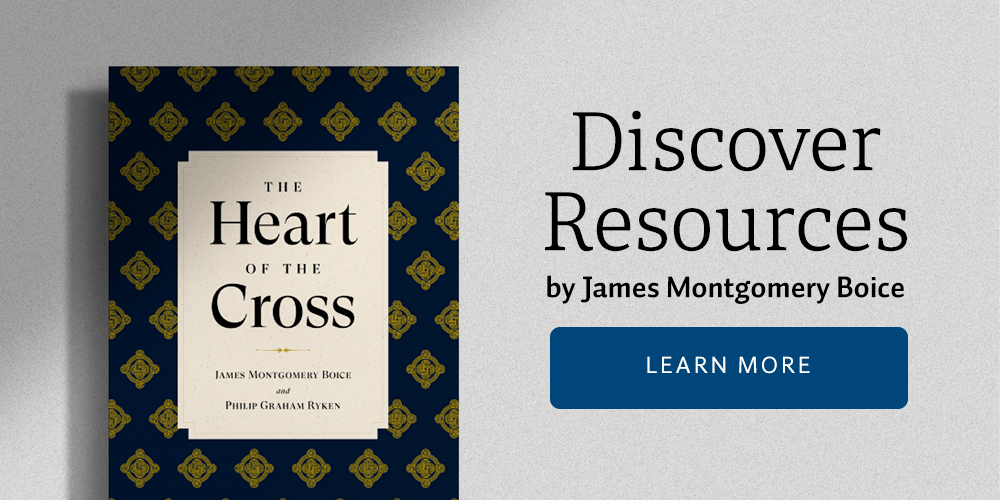One of the most well-known passages dealing with the end times is not found in the book of Revelation, but in Matthew, chapter 24. In this passage, Jesus is teaching his disciples what signs will accompany his return. What the disciples were to know is that “when you see all these things” the end will be “near, right at the door.” It refers to the terrible characteristics of their age, and ours–false messiahs, wars, earthquakes, famines, persecutions, apostasy, and false prophets–all of which Jesus’ disciples saw in their time and we continue to see today. Having seen these things, we should know that the return of Jesus Christ is near, even at the door. That door could be flung open by Christ at any moment.
On the other hand, we do not know when that will be. When Jesus said, “No one knows about that day or hour” (v. 36), he did not mean that smart Bible teachers are nevertheless able to calculate the year or the decade. Those who have tried it have always been wrong and have looked foolish when their prophecies of the return of Jesus have failed to take place.
This deliberate contrast between what we do and do not know reminds us of three things, namely: (1) that the return of Christ to gather his elect and judge the world is yet future; (2) that we do not know when this will be; and that, therefore, (3) we must keep watch and be ready, since we will be lost and perish finally if we do not. Jesus did say, “He who stands firm to the end will be saved” (Matt. 10:22).
Nothing the disciples or we will ever see is a sure sign of the end, for the end will come without warning. As D. A. Carson writes, “The hour remains unknown until it arrives; and then the cleavage is sudden, absolute, and irreversible.”1
Let me make this point another way. About half of Matthew 24 deals with “signs” that are not true signs of Christ’s return (vv. 4-26, 32-35). A very small section describes the return of Christ itself (vv. 27-31). But a third of chapter 24 (vv. 36-51) and all of chapter 25 (vv. 1-46), a total of sixty-two verses, warn us to get ready since we do not know when that day of final reckoning will be. Or to put it yet another way, Jesus stresses this single essential point by seven historical references, verbal pictures or parables–four in this chapter and three in the next.
The application is clear: Are you watching? And are you ready for Jesus Christ’s return? You must be, because you do not know when it will be and when Jesus does return it will be too late to make your preparations.
1- D. A. Carson, God With Us: Themes from Matthew (Ventura, Calif.: Regal Books, 1985), 146.
Study Questions






